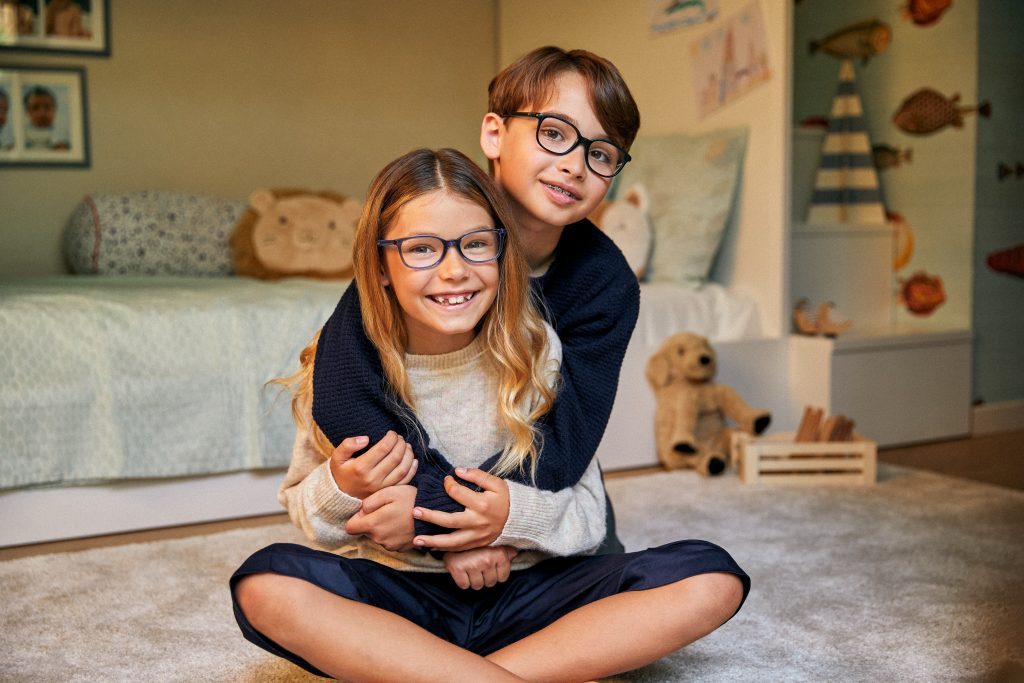Back to School Eye Test

OPSM urges parents to get their children’s eyes tested these school holidays
With one in five Australian children having an undetected vision problem, ACA Health optical partner OPSM urges parents to include an eye test as part of your child’s back-to-school checklist this year1. Good vision is essential for children’s physical, social, behavioural, and educational development. 80% of all classroom learning is obtained through vision yet only 68% of parents have taken their child for an eye test1.
OPSM shares their back-to-school eyecare tips to help keep your child’s eyes in top shape this school year.
Have an eye exam
All children should have a full eye examination prior to starting school or sooner if they are experiencing vision problems. Developmental delays may be a sign of vision problems. Even if you child is asymptomatic, it’s important to maintain regular eye tests.
Elizabeth Kodari, optometrist at OPSM says “unfortunately children are not very good at assessing their own vision. They assume what they are seeing is ‘normal’ and unless they have regular eye tests, vision problems can often go undetected’.
Wear the right glasses
If you child is prescribed glasses, make sure they are the right fit. Polycarbonate lenses are recommended due to their high impact resistance, helping protect your child’s eyesight in the playground2. OPSM’s kid’s glasses include polycarbonate lenses and are No Gap for eligible health fund members*.
Limit Screen Time
Too much time spent indoors in unnatural light can increase your child’s risk of developing myopia or short-sightedness3. This includes focusing on near tasks such as digital devices. OPSM recommends parents limit the amount of time their child spends on screens and ensure they spend plenty of time outdoors. Studies have shown that increased outdoor time in children can help minimise myopia progression3. For necessary screen time, follow the 20-20-20 rule. Every 20 minutes, focus on an object 20 feet (6m) away for about 20 seconds. This can help their eyes relax and adjust focus.
Visual Skills
Interactive play sessions such as catching a ball or riding a bike can help improved your child’s visual skills, eye hand coordination and fine motor skills from a young age4.
Wear Sunglasses
UV protection is just as important in children as it is for adults. UV rays can cause irreversible damage to your child’s eyes. They can reflect off surfaces including water, sand and snow and has been associated with long term conditions including cataracts and conjunctival changes. It’s important to wear quality sunglasses to help protect your child’s eyes. Make sunglasses a part of your child’s ‘slip, slop, slap’ routine.
Maintain a good diet
Diet’s rich in antioxidants and omega oils are great for your child’s eyes5. Try providing them with snacks such as fruit and nuts in their lunchbox and eating oily fish or eggs a couple of times a week.
To raise awareness about the importance of eye tests this back-to-school year, OPSM is offering No Gap kids glasses for eligible health fund members*. To make an appointment or locate your nearest OPSM optometrist visit opsm.com.au. Bulk billed eye test available to eligible Medicare cardholders.
OPSM recommends that you schedule regular visits with your optometrist based on your eye health needs.
*No gap glasses include kids packages from our $99 range. No gap offer is subject to your particular level of health fund optical cover, waiting periods, available annual limits and fund rules. Frame range may vary from store to store. While stocks last. Further T&Cs apply, please see instore for details
- Back to School: make the first test of the year an eye exam- Good Vision For Life
- Spectacle-related eye injuries, spectacle-impact performance and eye protection-Clinical and Experimental Optometry 3 (2015).
- Digital Screen Tim During the Covid-19 Pandemic: Risk for a further Myopia Book? –American Journal of Ophthalmology 223 (2021).
- Lifespan Development: Lives In Context. Kuther, Tara. Sage Publications (2019).
- Nutrients for the aging eye- Clinical interventions in aging 8 (2013).


